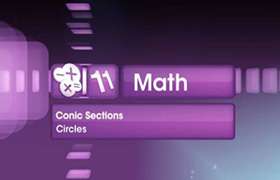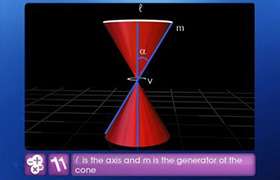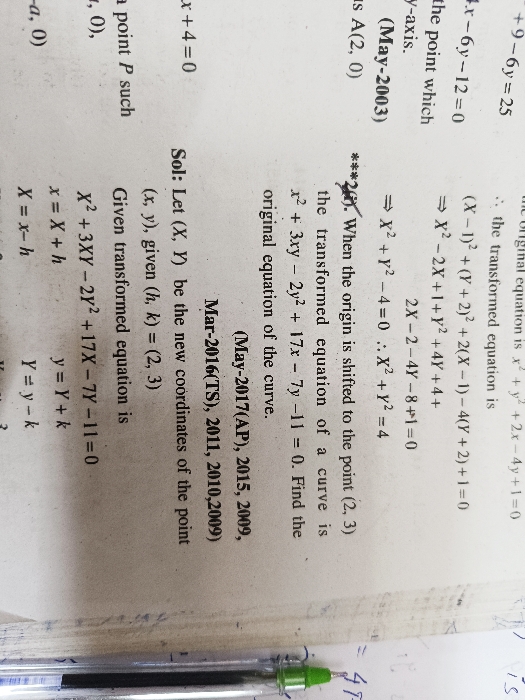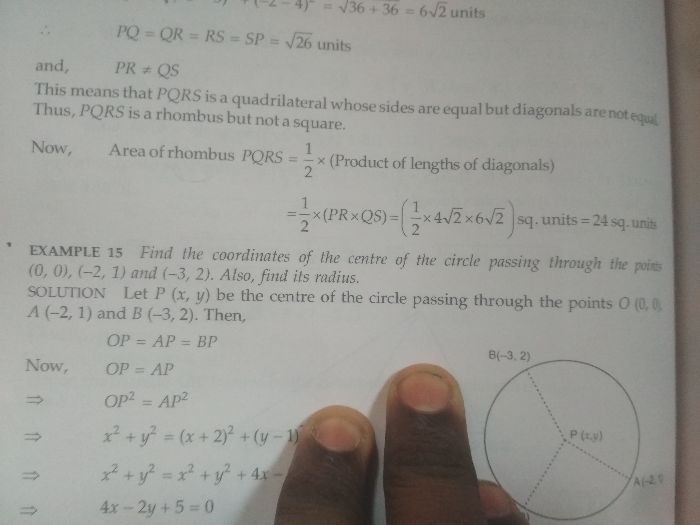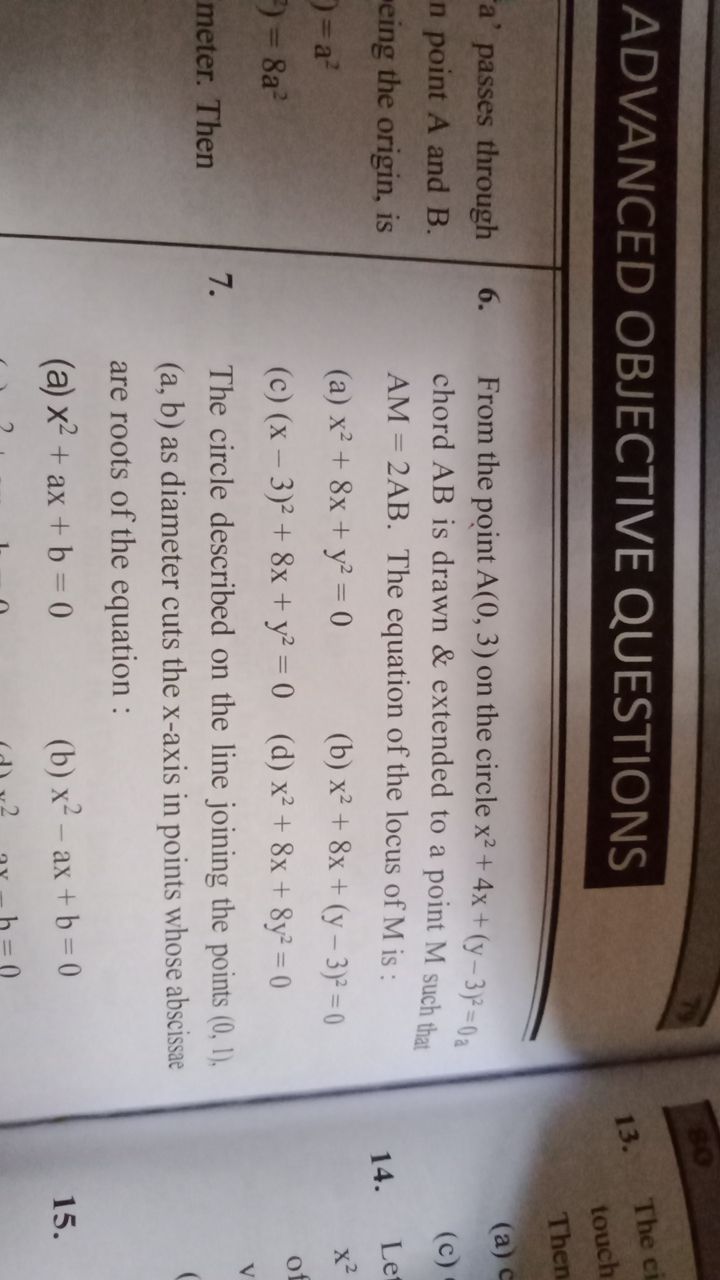CBSE Class 11-science Answered
In a Hyperbola - The Triangle formed by an latus rectam with its farthest vertex is equilateral then find its ecentricity
Asked by Malavika Umesh | 01 May, 2015, 01:06: PM
Consider equation of a hyperbola in standad form.

Eccentricity 'e' is given by

The coodinates of ends of latus rectum of one half of the hyperbola are 

The coordinates of the vertex farther from the latus rectum are 

Since the triangle formed by these points is an equilateral triangle, equating the side lengths formed by these vertices we get

Adding  to both sides of the above equation, we get
to both sides of the above equation, we get
 to both sides of the above equation, we get
to both sides of the above equation, we get 
From (1) and (2), we get

Taking only the posiive sign, as 'e' can not be negative, we get

Answered by satyajit samal | 03 May, 2015, 10:04: AM
Concept Videos
CBSE 11-science - Maths
Asked by shakyajayprakash2006 | 08 Jun, 2022, 05:26: PM
CBSE 11-science - Maths
Asked by sbipo2000 | 23 Feb, 2020, 03:43: PM
CBSE 11-science - Maths
Asked by kandappan | 08 Feb, 2020, 11:29: AM
CBSE 11-science - Maths
Asked by Tejravi969 | 19 Aug, 2019, 06:08: AM
CBSE 11-science - Maths
Asked by rushabh1234 | 23 Jan, 2019, 08:59: PM
CBSE 11-science - Maths
Asked by Topperlearning User | 30 Apr, 2014, 11:08: AM
CBSE 11-science - Maths
Asked by Topperlearning User | 25 Apr, 2014, 09:39: AM
CBSE 11-science - Maths
Asked by Topperlearning User | 25 Apr, 2014, 09:11: AM

